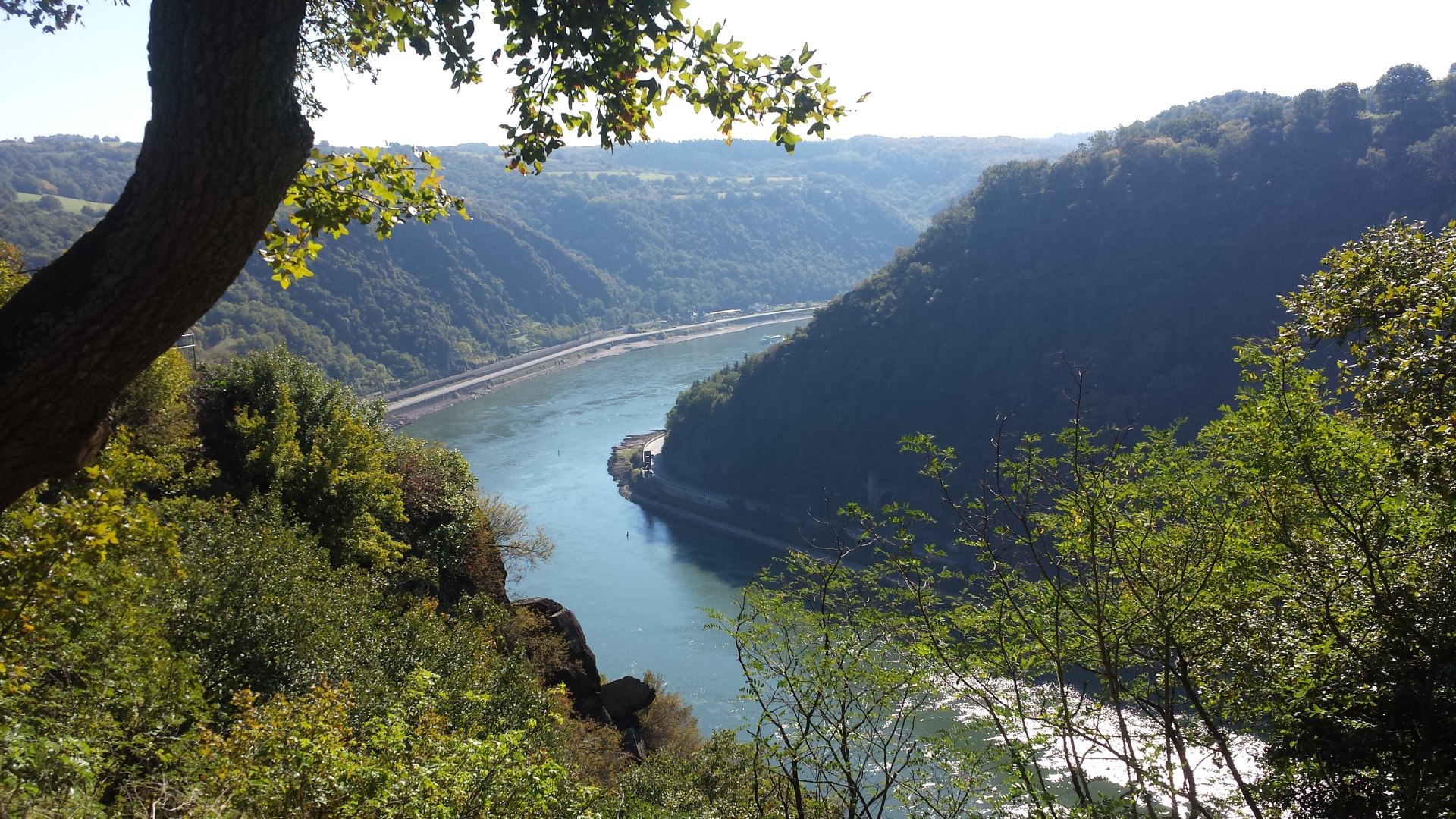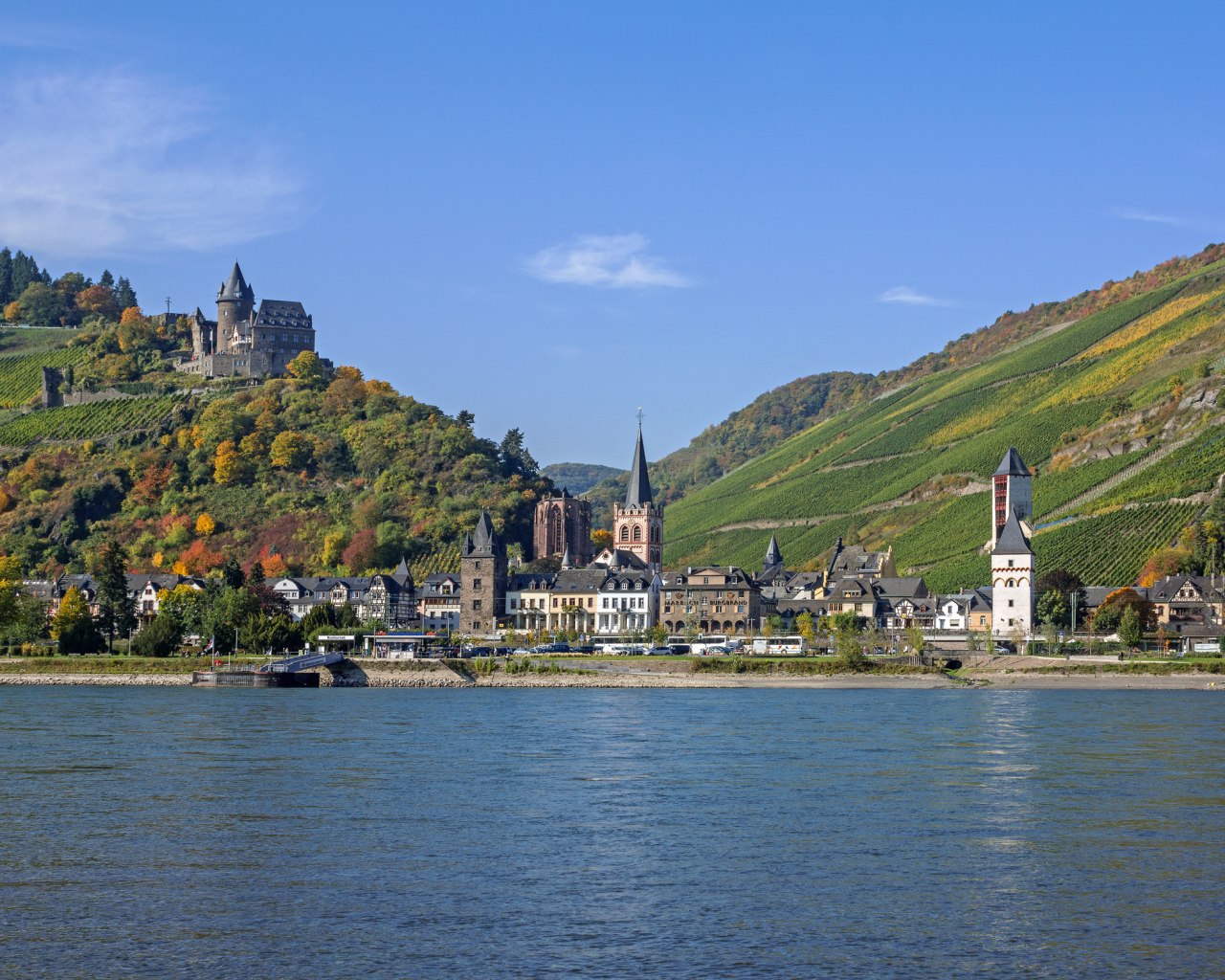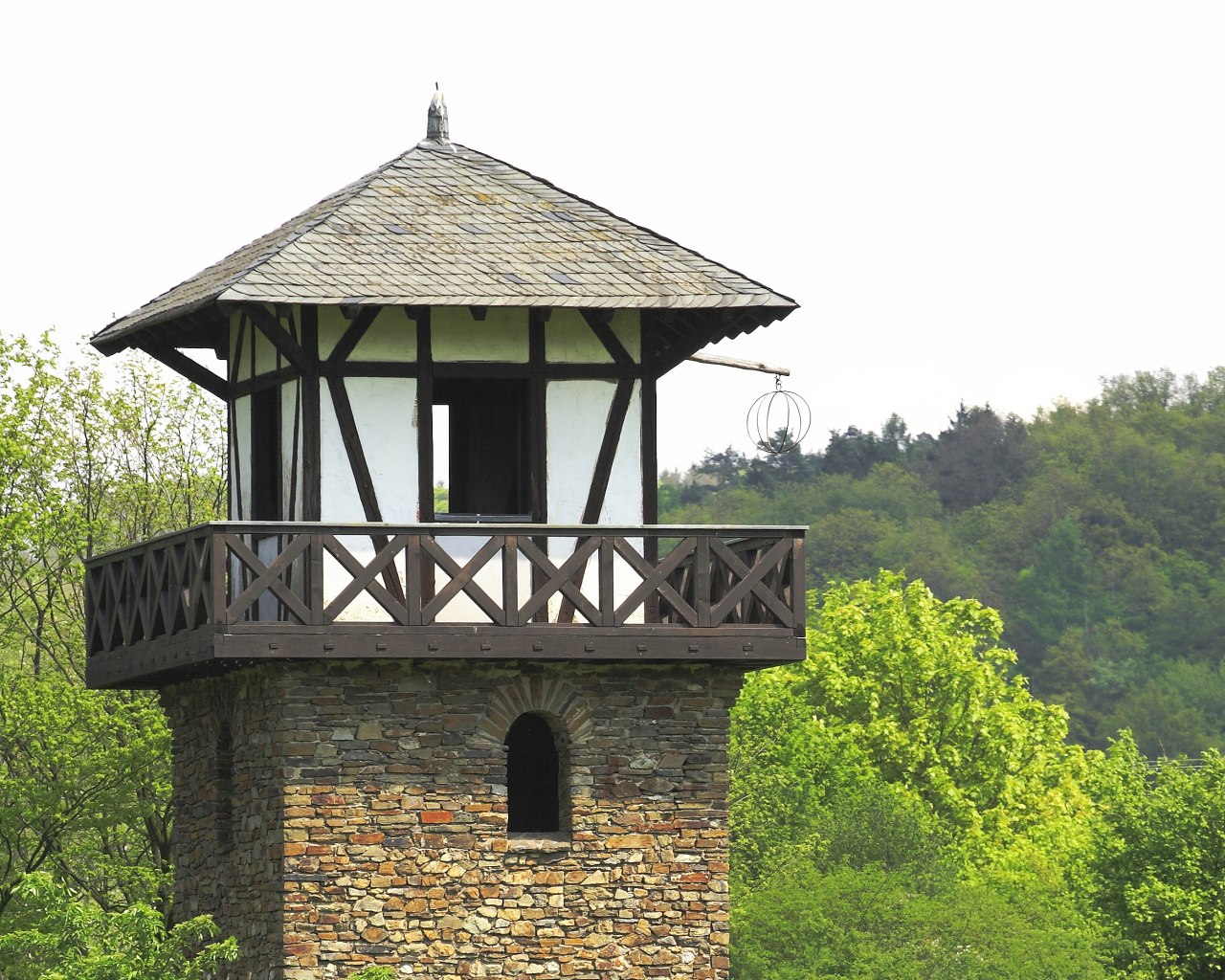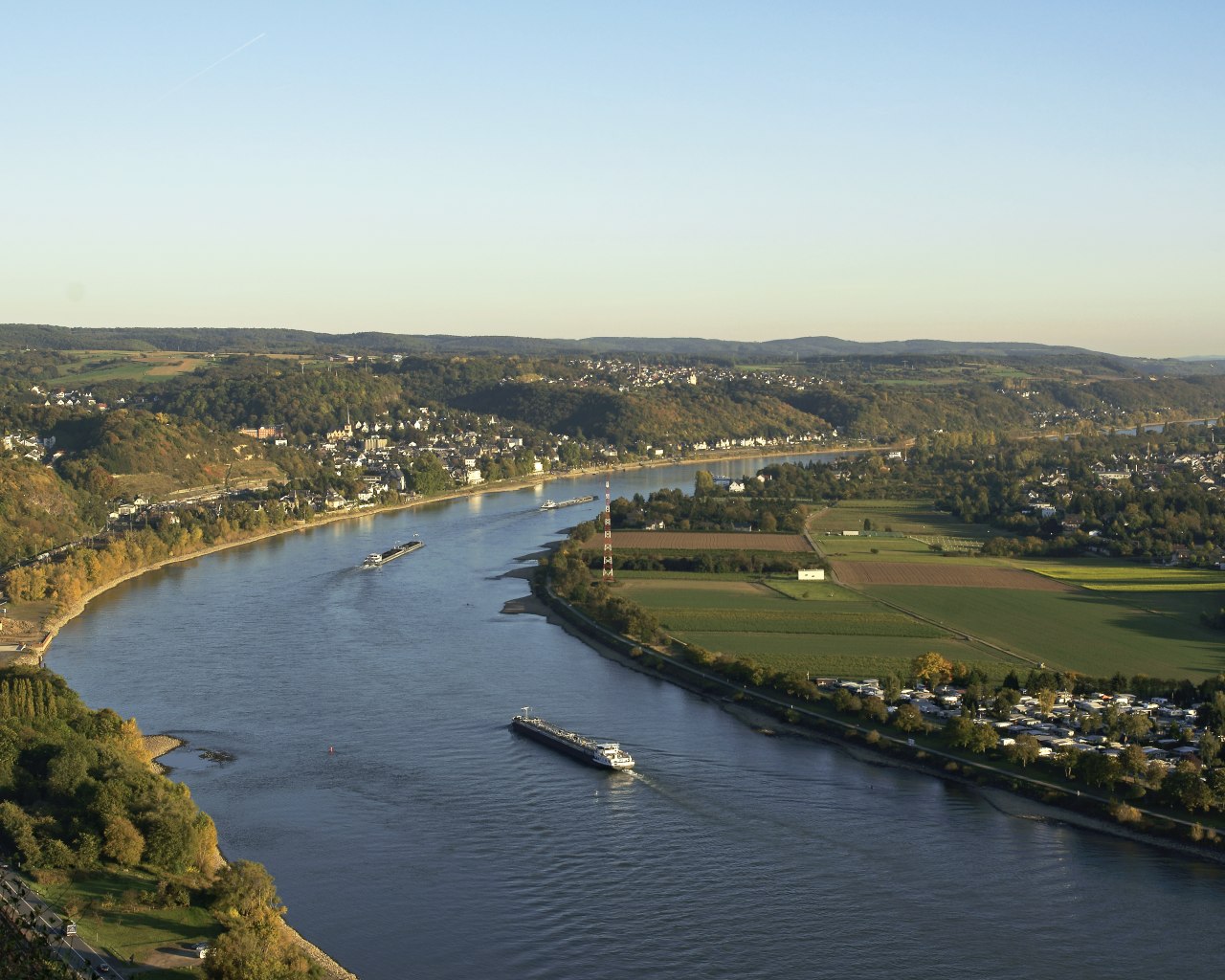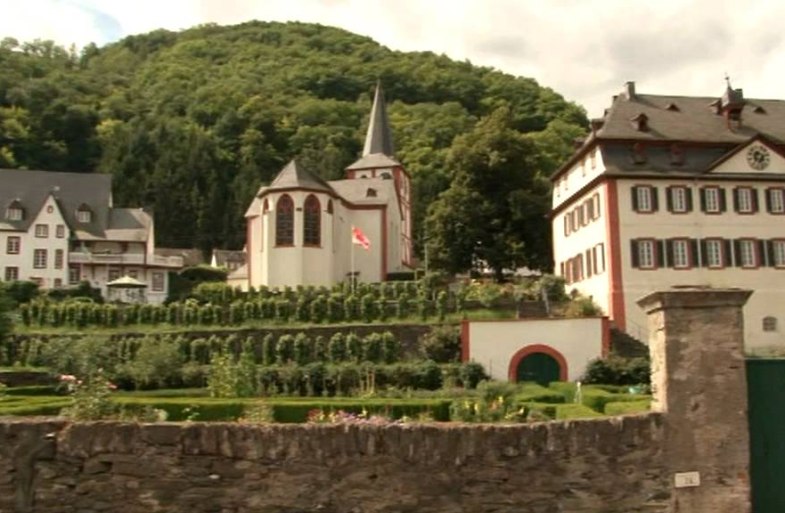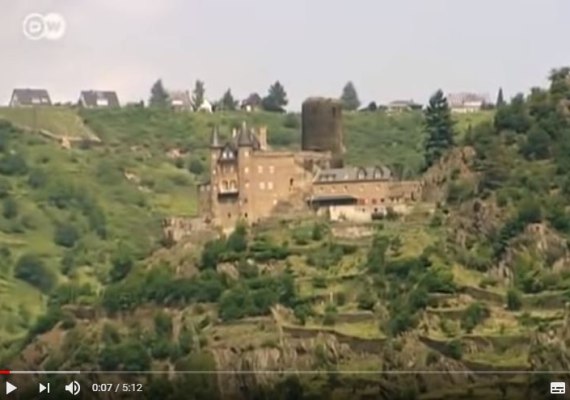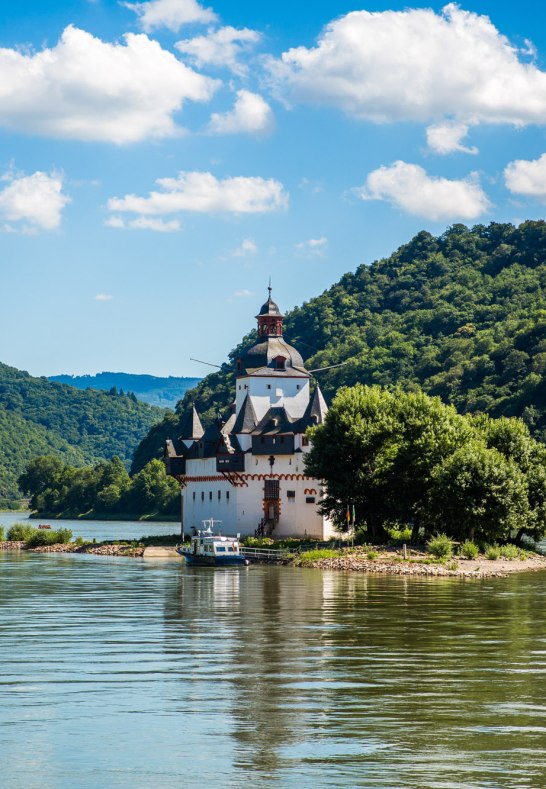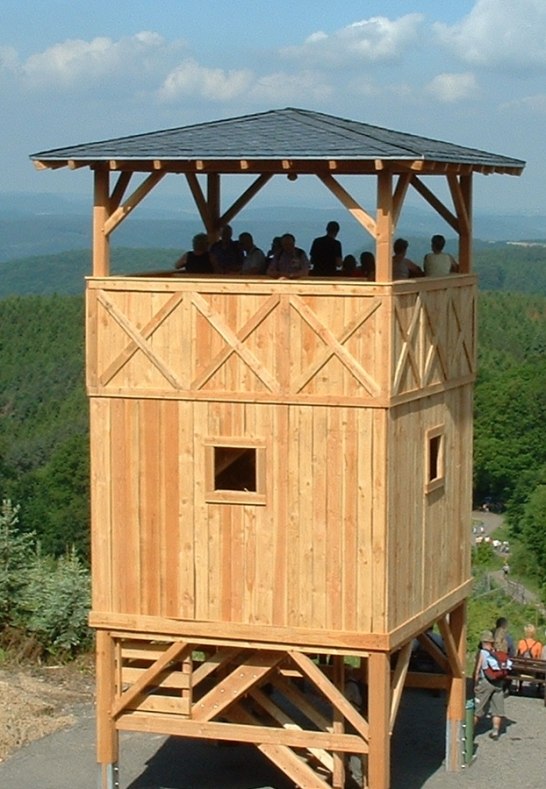Majestic UNESCO World Heritage
One Region – two World Heritage sites
It was more than just an accolade that UNESCO conferred upon the stretch of the Rhine valley between Koblenz and Bingen/Rüdesheim. In 2002, the Upper Middle Rhine Valley was awarded World Heritage status as a unique cultural landscape. The narrow Rhine gorge with its steep terraced vineyards, historical towns und over 40 castles and fortresses offers spectacular views and bears witness to the Rhine’s history-laden past.
This past also includes the region’s rich Roman heritage. The fortified frontier of the Upper German-Raetian Limes, which runs for almost 550 km, begins at Watchtower No. 1 in the small Rhineside town of Rheinbrohl. In 2005 the Limes was inscribed as a UNESCO World Heritage site. It is the longest existing archeological monument after the Great Wall of China and in ancient times it represented the frontier between the Roman Empire and the unsubdued Germanic clans. The route of the Limes is still visible today, thanks to numerous forts, towers and mounds. A variety of living history museums provide an interactive experience of Roman life.
UNESCO World Heritage status brings with it the obligation to protect, honour and preserve these natural and cultural assets.

